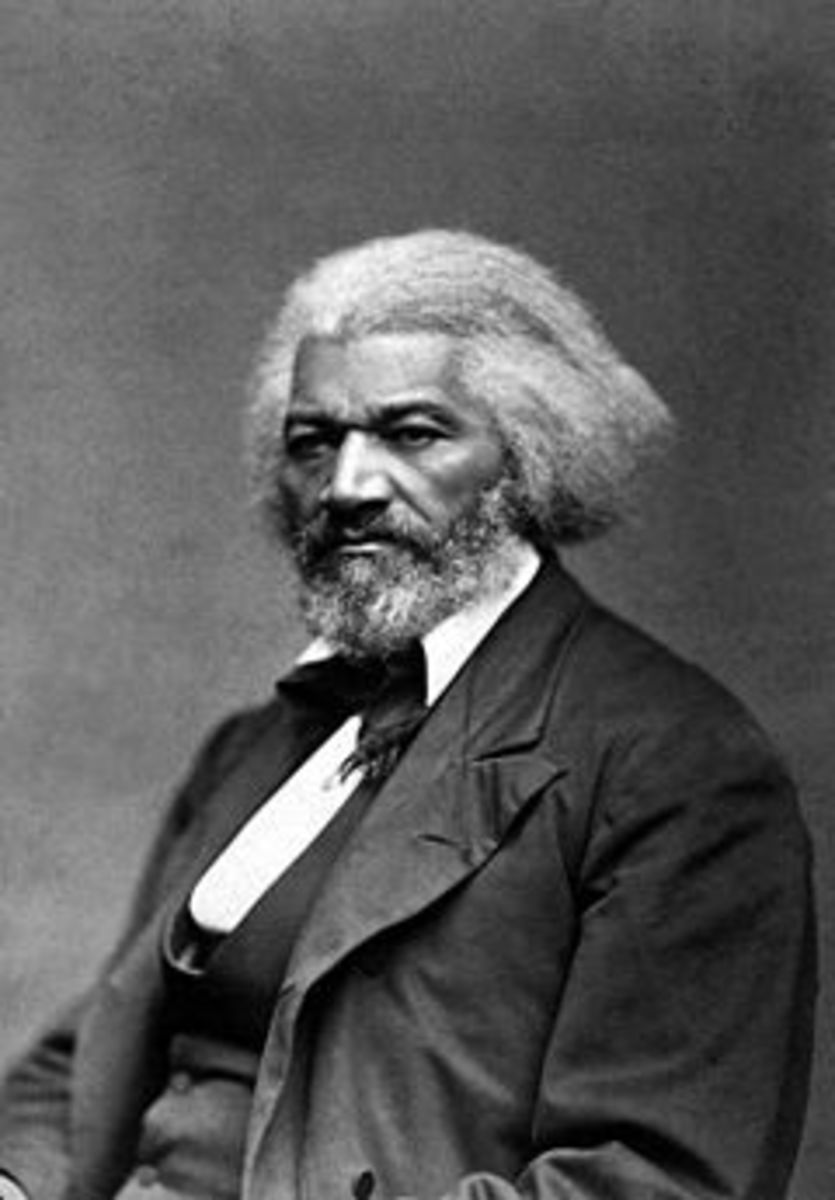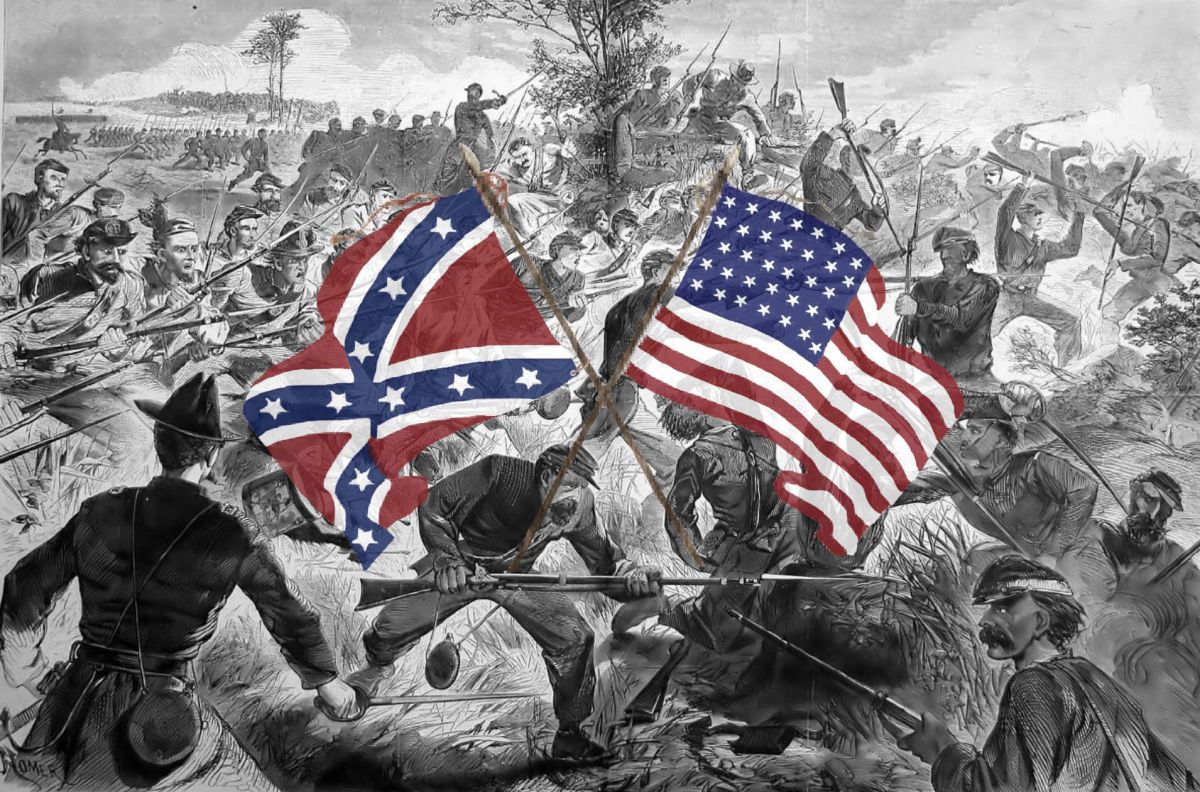South Carolina: Fort Sumter & The Start of the Civil War
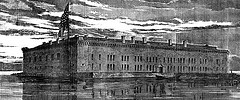
First Shots of the Civil War
On April 12, 1861, the first shots fired upon Union-held Fort Sumter were made by the Confederates. Confederate General P.G.T. Beauregard commanded the attacking party and the next morning, Major Robert Anderson, the garrison commander, surrendered the fort and left it to the Confederates. This marks the official start to the Civil War, though tensions had been building steadily since prior to the inauguration of President Lincoln.
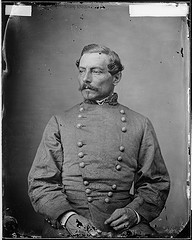
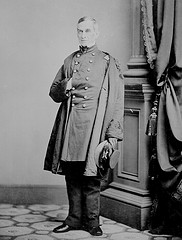
Anderson Awaits Escape As The Confederates Celebrate
When Anderson surrendered, he and his men went to a transitional location to await going to ships expecting their boarding for departure from the area. As this first skirmish of the Civil War resulted in no fatalities, a respected agreement between both sides resulted in Anderson and his men leaving by arrangement and the taking of Fort Sumter by Confederates. Undoubtedly, the fact that Anderson and Beauregard had known each other for nearly 30 years prior also had something to do with their mutual agreement to end the skirmish peacefully. Unfortunately, due to the low tide, Anderson and his group had to wait overnight for the high tide to return so their escort boat could take them away. As they waited, the Confederates rallied, shot cannons and celebrated their early victory of the taking of Fort Sumter.
Fort Sumter Temporarily Disappeared
Fort Sumter was retaken, four years after the Civil War began, by the Union Army, and was used for a period by the United States as a defensive position during other wars and conflicts. However, after World War II, she became an outdated facility handed over to the National Park Service (NPS). By the time the NPS received custody of Fort Sumter, the US military had filled her to the top with dirt! A great part of her exterior was also covered in dirt also.
The NPS acquired government funding to complete a dig-out. But it wasn't enough to remove all the soil. Because artifacts and weaponry of the era had also been covered up, archaeologists and specialists were a necessary expense in the extracting process. This ensured the dirt was removed in such a manner so as not to damage the original fort, nor the original cannons and other artifacts entombed. With their time and budget limited, the NPS began at one side of the fort and continued as far as possible with the excavation but could not hope to complete the project since they had not been appropriated enough money to do so.
One For The Bucket List!
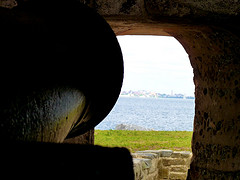
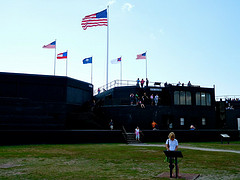
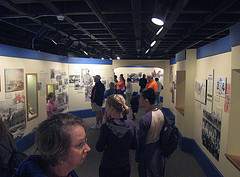
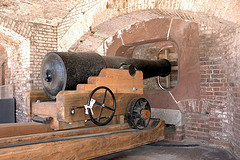
Fort Sumter Today
Two interesting observations that one encounters when visiting Fort Sumter is that it is a small fort and that the fort itself was never complete, now standing as ruins. President Madison had requested funding to build up the maritime defense and, as a beneficiary of these appropriations, Fort Sumter was in the process of being completed and fortified. However, though only 10 percent was left on it's completion, in December of 1860, the Order of Secession was passed by the state of South Carolina. Today, when visitors see Fort Sumpter, they see a small, man-made island approximately 2.5 acres in size, battle-damaged, and incomplete.
What did get accomplished by the NPS is enough to give the modern visitor an idea of life in the fort. Original cannons of Fort Sumter during the Civil War are available, as are the cannons that fired upon Fort Sumter. There is an available museum and bookstore. If your curiosity is mild in Civil War history, the one-hour layover will be enough time to enjoy the fort and museum. However, if you have a passion for history, you will want to take advantage of the three hour layover and wait for the following boat back to modern-day America. For the true history buff, one hour will not be enough to read and enjoy everything that Fort Sumter has to offer. It truly is an experience worth participating in. For the rest of your life, you can say you were at the very place the Civil War began.
- Fort Sumter National Monument - Fort Sumter National Monument
Fort Sumter National Monument
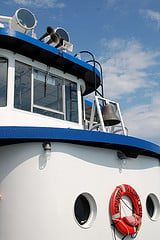
Ferry Service & Nearby Parking
There is a contracted ferry service that leads from the Fort Sumter Educational Center (land based) to the Fort Sumter National Park. The service is called the Spiritline Cruises. They offer a narrated tour during the thirty minute ride to and from the island that chronicles the history of the times and the area of Charleston. While the park is free to visit, there is a cost to ride on the Spiritline ferry. The rates are currently $17 for adults and $10 for children. There are snacks and drinks sold aboard also. If you manage to find someone willing to take you to the park for free or hire a water taxi, you may be able to save some money off what you would otherwise spend on fares.
There is not a parking facility located at the point of boarding to ferry over to Fort Sumter. Very close to the Fort Sumter Visitor Education Center, one will find a fee-based parking lot with attendant and off-street metered parking (up to four hours).
Fort Sumter Visitor Education Center
Here is a quote from the Visitor Education Center's website that gives insight into its current Fort Sumter Museum exhibit on Lincoln, in relation to the Civil War, and the exhibit currently available to the public for free at the Visitor Education Center.
" When the Civil War finally exploded in Charleston Harbor, it was the result of a half-century of growing sectionalism. Escalating crises over property rights, human rights, states rights and constitutional rights divided the country as it expanded westward. Underlying all the economic, social and political rhetoric was the volatile question of slavery. Because its economic life had long depended on enslaved labor, South Carolina was the first state to secede when this way of life was threatened. Confederate forces fired the first shot in South Carolina, and the federal government responded with force. Decades of compromise were over, and the very nature of the Union was at stake. Please take time to read the text of the exhibit that appears at the Fort Sumter Visitor Education Center at Liberty Square for more information on the events leading up to the first shots at Fort Sumter.”
- Fort Sumter Visitor Education Center (free to visit)
Fort Sumter Visitor Education Center Exhibit overview and text. - Fort Sumter National Monument
Fort Sumter National Monument



